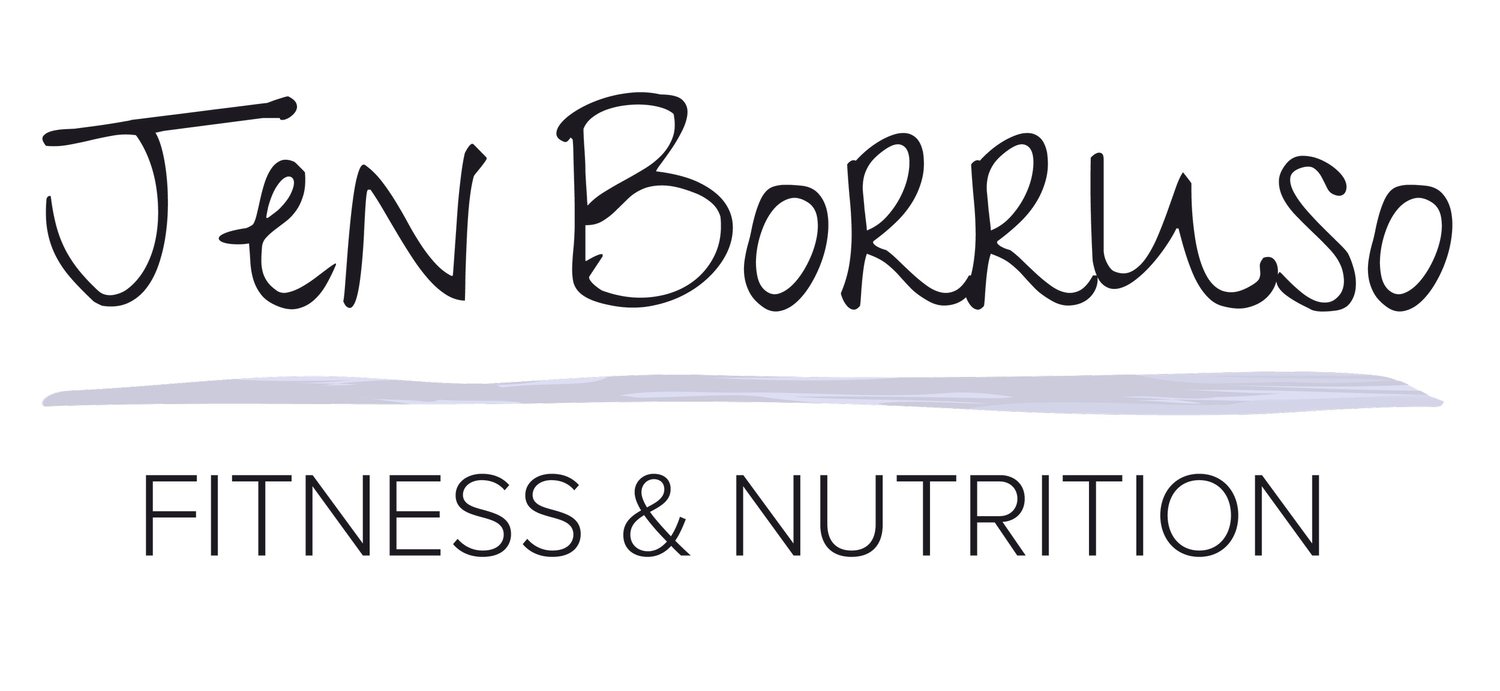Your Muscles Have Two Superpowers, Are You Training Both?
You may have heard advice like, “Don’t do high-intensity cardio after 40 because it will wreck your hormones,” or “Don’t lift heavy weights, or you’ll get bulky.”
If you are feeling caught between wanting to stay healthy and fearing you might “do it wrong,” you are not alone.
The truth is your body is designed to handle and benefit from a range of training intensities. The key is understanding how your muscles work, how they change with age, and how to train them wisely.
Meet Your Muscle Fibers: Type 1 and Type 2
Your muscles are made up of two main types of fibers, and each plays a unique role:
Type 1: Slow-Twitch Fibers
Use oxygen to generate energy for endurance activities.
Perfect for steady, sustained movement like walking, swimming, or cycling.
Fatigue-resistant but generate less power.
Everyday examples include carrying groceries, going on a long hike, or raking leaves for an hour.
Type 2: Fast-Twitch Fibers
Generate more force but only for short bursts.
Activate during sprints, heavy lifting, and explosive movements.
Fatigue faster but are crucial for quick reactions and strength.
Everyday examples include catching yourself if you trip, lifting a heavy box, or standing up quickly from a low chair
What Happens as We Age and Through Menopause
From our 30s onward, we naturally lose muscle mass at a rate of about 3–8% per decade, and that rate can double after age 60. Fast-twitch fibers (Type 2) tend to decline first, which means tasks requiring quick reactions or bursts of strength can become harder with age.
During perimenopause and menopause, declining estrogen accelerates this process. Estrogen is not just a reproductive hormone, it plays a protective role for both muscle and bone. Lower levels can lead to faster losses in lean muscle mass, strength, and bone mineral density.
Science Says We Need Both!
Research shows that aging naturally reduces both Type 1 and Type 2 muscle fibers, but we tend to lose Type 2 fibers faster. This is linked to declines in strength, power, and balance. All of which are crucial for maintaining independence and preventing falls. Studies show that both resistance training and regular endurance exercise can slow or even reverse these losses.
Sources:
Power GA, et al. "Maintaining muscle function with aging: the role of muscle fiber type-specific training." Frontiers in Physiology (2016).
Trappe S, et al. "Effects of aerobic and resistance exercise on muscle function in older adults." Journal of Applied Physiology (2001).
Research Spotlight:
Staying Active Through Menopause
A Finnish study of over 1,300 women aged 47–55 found that those who stayed physically active maintained more muscle mass and bone density during the menopause transition, even after menopause.
How to Train Each Fiber Type
For Type 1 Fibers (Endurance):
Aim for 150 minutes/week of moderate intensity cardio (brisk walking, cycling, swimming)
Or 75 minutes/week of vigorous activity (running, rowing, high intensity cycling)
Lighter weights with higher reps in a circuit format also help
For Type 2 Fibers (Power and Strength):
Strength training 2–3 days/week with weights challenging enough that you can only do 6–12 controlled reps per set
Short bursts of high effort like stair sprints, kettlebell swings, or sled pushes
Explosive or power-based moves if joints allow (jump squats, medicine ball throws)
Why We Need Both
Training both fiber types means you are ready for anything life throws at you.
Type 1 keeps you going through long days, active vacations, and weekend hikes.
Type 2 keeps you capable when you need to react quickly or lift something heavy.
Why Combine Cardio and Strength
Postmenopausal women who followed a combined training program improved walking speed, stair-climbing ability, muscle strength, and reduced fatigue more than those doing cardio alone.
Read the study →
Benefits of Endurance Training
Supports cardiovascular health and lung capacity
Helps regulate blood pressure
Improves recovery between strength workouts
Boosts mood and reduces anxiety
Benefits of Strength Training
Builds and preserves muscle mass
Increases bone density and reduces osteoporosis risk — crucial as bone loss accelerates after menopause
Enhances metabolism and insulin sensitivity
Improves posture and joint stability
Strength Training Benefits Beyond Muscle
A 2023 review showed that resistance training in menopausal women improved leg strength, pelvic floor function, bone density, metabolism, and even reduced hot flashes.
Read the study →
Type 1 and Type 2 muscle fibers work together to power everything from long walks to lifting heavy weights. Understanding both helps you train smarter during menopause and beyond.
The Recovery Factor (And Why Cortisol Fear is Overblown)
Yes, intense exercise raises cortisol. That is a normal, temporary stress response that mobilizes energy so you can meet the demands of your workout. The problem is not exercise itself. It is doing too much without enough rest, nutrition, or sleep.
When paired with adequate recovery, both endurance and strength training support hormone health, not harm it.
The Cortisol Reality Check
Postmenopausal women using hormone therapy gained about 5% strength, but resistance training delivered far greater gains, 8–14% in one year, showing that lifting heavy is more effective than most hormonal interventions.
Read the study →
Busting the “Bulky” Myth
Heavy lifting builds muscle, but it does not automatically create a bulky look. Gaining significant muscle size requires years of targeted training and a calorie surplus, something most women in midlife are not pursuing. What you will gain is functional strength, firmer muscles, and a metabolism that works harder for you.
The Bottom Line
Your body is built to move in many ways.
By training both endurance and power, you keep every muscle fiber active, your metabolism healthy, and your independence intact.
It is not about choosing between cardio or strength; it is about using both as tools to help you thrive through midlife and beyond.
Endurance and power: your muscles are built for both. Hiking taps your Type 1 fibers, strength training fires up Type 2. Together, they keep you strong for life.



